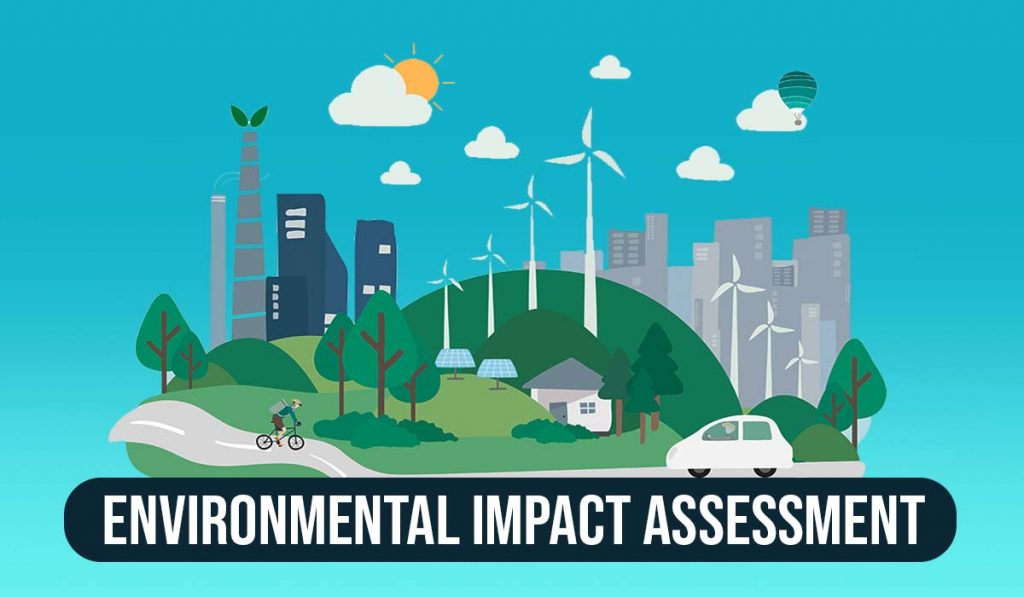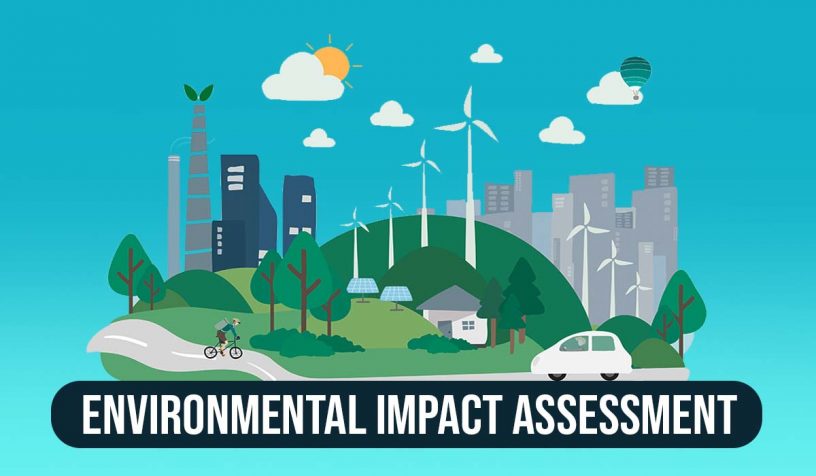
The new Draft Environmental Impact Assessment Notification 2020 weakens the regulatory procedure to deal with cases of violation, says the study.
Authors
Kanika Jamwal, Jindal Global Law School, O.P. Jindal Global University, Sonipat, Haryana, India
Charu Sharma, Jindal Global Law School, O.P. Jindal Global University, Sonipat, Haryana, India.
Summary
The process of environmental clearance in India is currently regulated by the Environmental Impact Assessment Notification 2006. In March 2020, the Government of India issued the Draft Environmental Impact Assessment Notification 2020, which sought to replace the 2006 Notification.
The most contested provision of the Draft Notification is the procedure to deal with cases of violation. While the 2006 Notification lays down a strong regulatory procedure to deal with such cases, the Draft Notification weakens it. In this context, this Note presents two arguments.
First, the Draft Notification has altered the procedure such that its deterrent effect, and potential to immediately prevent environmental harm, is diluted. Consequently, it normalizes violation and ex-post facto clearances, and weakens its risk avoidance and risk management potential.
Second, the proposed procedure is counterintuitive to the precautionary principle. Accordingly, the authors iterate that the Draft Notification amplifies the threat to India’s environmental conservation commitments.
Published in: Indian Law Review
To read the full article, please click here.


